Screen flickering and flashing can be incredibly frustrating and disruptive, making it difficult to use your computer effectively. These issues can be caused by various factors, including hardware problems, outdated drivers, or incompatible software.
We will explain several ways to fix screen flickering and flashing on Windows.
Typical Causes of Monitor Display Flickering
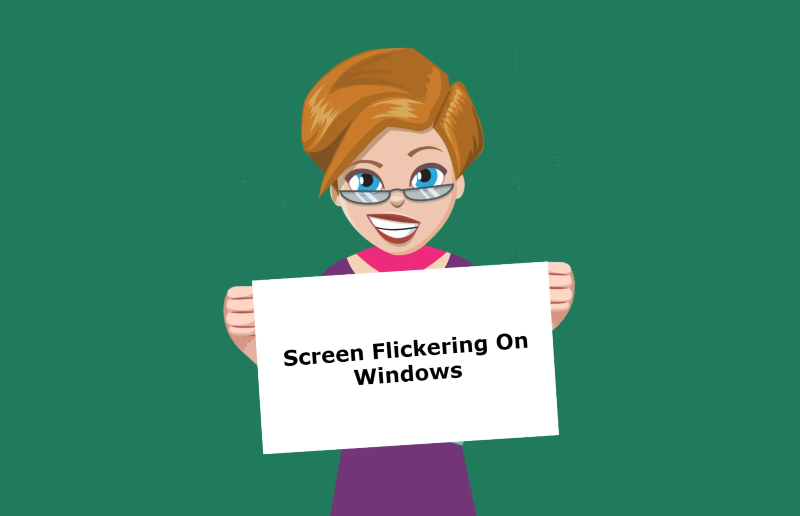
- Connection Problems: Unstable or damaged cabling can interrupt signal transmission
- Display Refresh Issues: Improper synchronization settings may result in visual instability
- Software Concerns: Outdated or compromised display software can lead to screen anomalies
- Component Malfunction: Defective monitor parts or graphics hardware might cause flickering
- External Disruptions: Nearby electronic devices could create signal interference
- Thermal Complications: Excessive component temperatures may trigger display irregularities
- Screen Configuration: Mismatched display parameters can produce visual distortions
- Program Incompatibilities: Certain applications may conflict with display functions, causing instability
How to Solve Screen Flickering on Windows
1. Check Your Monitor and Cables
Before diving into software solutions, it’s essential to rule out these issues.
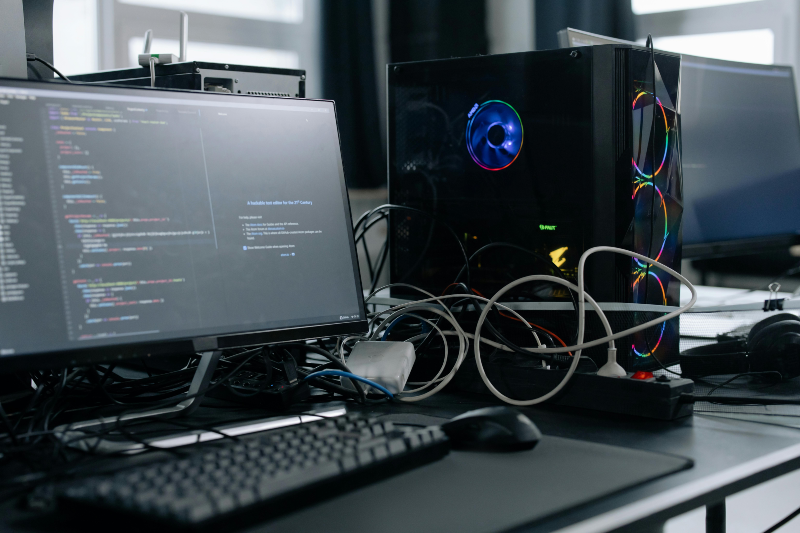
Here’s how you can do it:
- Inspect Monitor: Ensure your monitor is in good working condition. Check for visible damages or defects, and consider the possibility that liquid may have been spilled on it without your knowledge.
- Check Cables: Ensure all cables (HDMI, VGA, DisplayPort) are securely connected to your monitor and computer. Replace any damaged or worn-out cables.
- Test with Another Monitor: Connect your laptop to a different monitor to see if the issue persists. This will help determine if the problem lies with the monitor or the computer. I had this experience a year ago when my screen started to flicker, so I bought a new monitor and connected it to my laptop, and the problem stopped. It turned out that my monitor ( hardware ) was broken.
2. Set the Correct Refresh Rate
Incorrect refresh rates can cause screen flickering. Follow these steps to set the correct refresh rate:
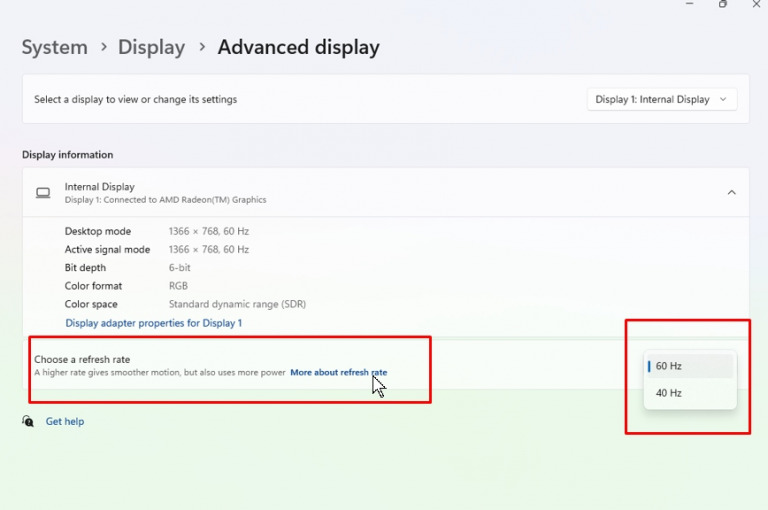
- Open Settings: Press Win + I to open the Settings app.
- Go to System Settings: Navigate to System > Display.
- Advanced Display Settings: Scroll down and click on Advanced Display Settings.
- Select Refresh Rate: Under Refresh Rate, choose the recommended value for your monitor from the drop-down menu.
- Apply Changes: Click Apply to save the changes.
3. Uninstall Incompatible Apps
Specific applications can be incompatible with your system, causing screen flickering. Here’s how to identify:
- Open Settings: Press Win + I to open the Settings app.
- Go to Apps: Navigate to Apps > Apps & features.
- Identify Problematic Apps: Look for recently installed applications that might be causing issues.
- Uninstall Apps: Click on the problematic app and select Uninstall.
3. Check for Windows Updates
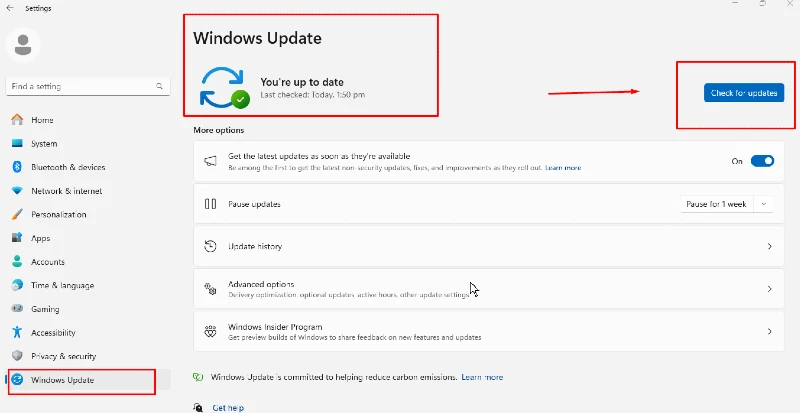
Screen flickering issues can sometimes be resolved by installing the latest Windows updates.
- Press Win + I to open Settings.
- Go to Update & Security.
- Click Check for updates.
- Install any available updates and restart your computer.
4. Reset Your Display Driver
A problematic display driver can often cause screen flickering. Resetting the driver can help:
Remove Driver
- Open Device Manager: Right-click on the Start button and select Device Manager.
- Find Display Adapters: Expand the Display Adapters section.
- Uninstall Driver: Right-click on your graphics card and choose Uninstall device. Confirm any prompts that appear.
Install New Driver
- Visit the manufacturer’s website: Go to the manufacturer’s website for your graphics card manufacturer (e.g., NVIDIA, AMD, Intel).
- Download the Latest Driver: Find and download the latest driver for your specific graphics card model.
- Install Driver: Follow the on-screen instructions to install the new driver.
Rollback Driver if Issue Persists
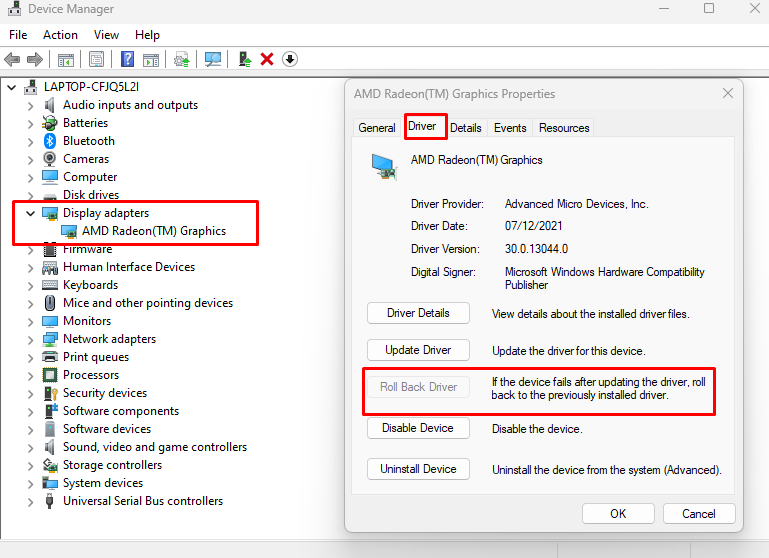
- Open Device Manager: Right-click on the Start button and select Device Manager.
- Find Display Adapters: Expand the Display Adapters section.
- Rollback Driver: Right-click on your graphics card, choose Properties, go to the Driver tab, and click Rollback Driver.
If your Windows screen is flickering and basic fixes haven’t worked, outdated drivers might be the cause. Consider using hardware identification software to scan your system. Tweaking with Hardware Identify tools can pinpoint exact device specifications, helping you find and install the correct drivers. This approach may solve display issues, including monitor problems.
Various hardware ID utilities are available online to assist with this process.

Download and Install Tweaking now.
Conclusion
Screen flickering and flashing on Windows 10 and 11 can be annoying, but you can resolve these issues correctly. Start by checking your hardware and cables, then adjust the refresh rate and reset your display driver. If the problem persists, reseat your graphics card and uninstall any incompatible or problematic applications. By following these steps, you can enjoy a stable and flicker-free display.
Menzi Sumile
Verified at:
29/05/2024 06:37
Leave a Reply